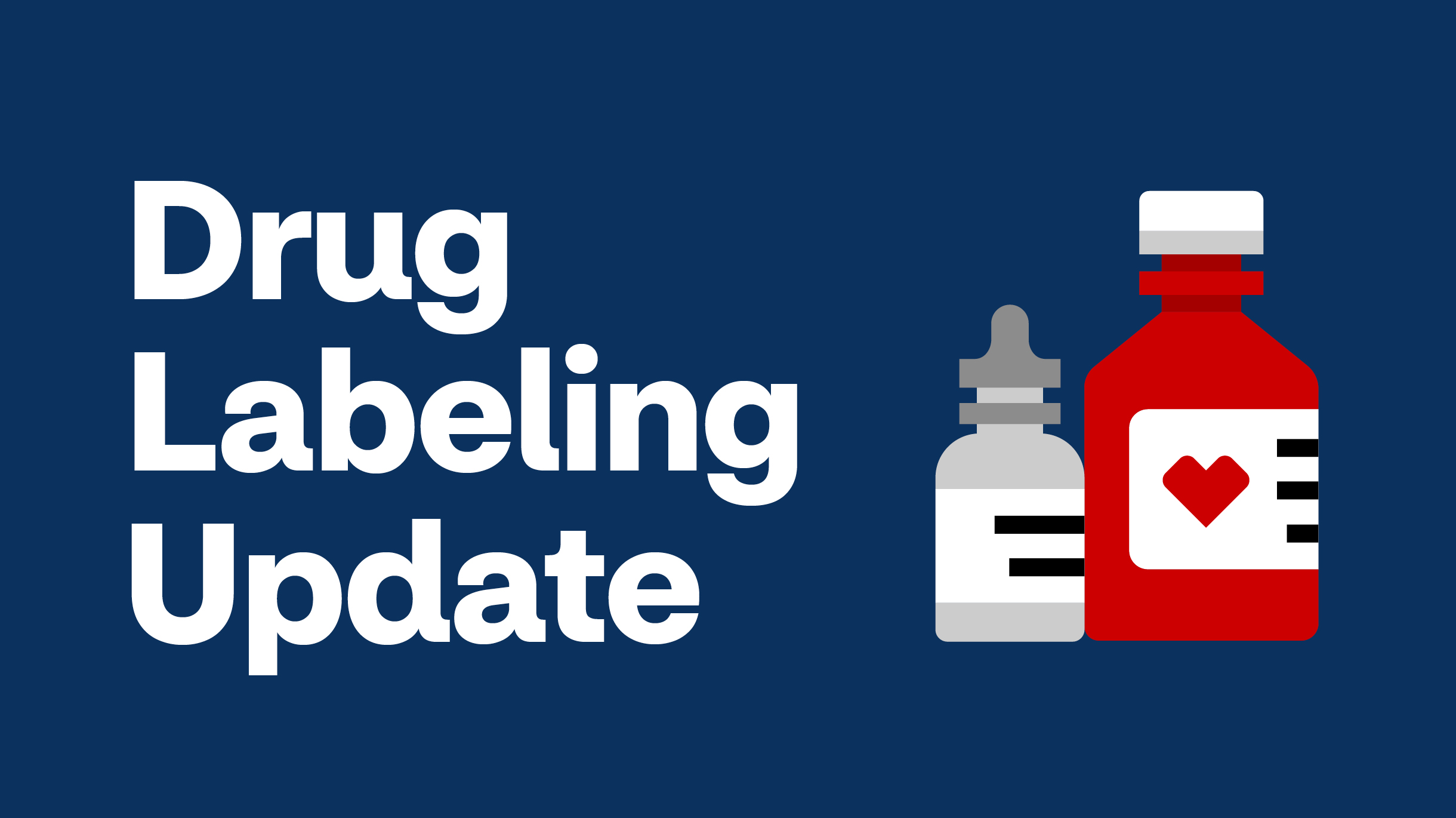
SKYRIZI (RISANKIZUMAB-RZAA) The Medication Guide was updated to include 90mg / mL strength in detailing inactive ingredients. The Patient Counseling Information was updated to detail administration instructions that if using SKYRIZI 90 mg / mL, a healthcare professional must administer two 90 mg single-dose syringes to achieve the full 180 mg maintenance dose or four 90 mg single-dose syringes to achieve the full 360 mg maintenance dose of SKYRIZI for Crohn’s disease.
IXIFI (INFLIXIMAB-QBTX) The Contraindications section of the PI was updated to state the medication is contraindicated at doses >5 mg/kg in patients with moderate or severe heart failure and patients with a previous severe hypersensitivity reaction to infliximab products. The Medication Guide was also updated to state published literature shows that infliximab is present at low levels in human milk and systemic exposure in a breastfed infant is expected to be low. The Postmarketing Adverse Reactions in Adults and Pediatric Patients section was updated to include linear IgA bullous dermatosis (LABD), acute generalized exanthematous pustulosis (AGEP), new onset and worsening psoriasis (all subtypes including pustular, primarily palmoplantar), and lichenoid reactions. Additional data was added regarding Geriatric Use while stating that close monitoring of geriatric patients for the development of serious infections is recommended.
SANDOSTATIN LAR DEPOT (OCTREOTIDE ACETATE) The Clinical Trials Experience section of the Package Insert (PI) was updated to specify a treatment length of 12 months or longer when referencing gallbladder abnormalities. Additional minor formatting changes were made throughout.
PROVAYBLUE (METHYLENE BLUE) The Clinical Trials Experience section of the PI was updated to detail study data when treating methemoglobinemia; stating that serious adverse reactions occurred in 3.2% of patients who received at least one dose of PROVAYBLUE in a trial of 31 total patients. A serious adverse reaction of seizure-like phenomenon was reported in one patient and adverse reactions (greater than or equal to 2%) included headache, hypokalemia, diarrhea, hypomagnesemia, myoclonus, nausea, and seizure-like phenomena. The Pediatric Use section of the PI was updated to specify treatment for acquired methemoglobinemia stating safety and effectiveness have been established in pediatric patients and in two retrospective case series, the safety profile in pediatric patients was similar to that in adult patients. The Geriatric Use section was updated to state clinical studies did not include sufficient numbers of subjects aged 65 and over to determine whether they respond differently from younger subjects. Other reported clinical experience has not identified differences in responses between the elderly and younger patients.
Reference: Drug Safety-related Labeling Changes (SrLC) (fda.gov)
This article contains references to brand-name prescription drugs that are trademarks or registered trademarks of pharmaceutical manufacturers not affiliated with Coram.
